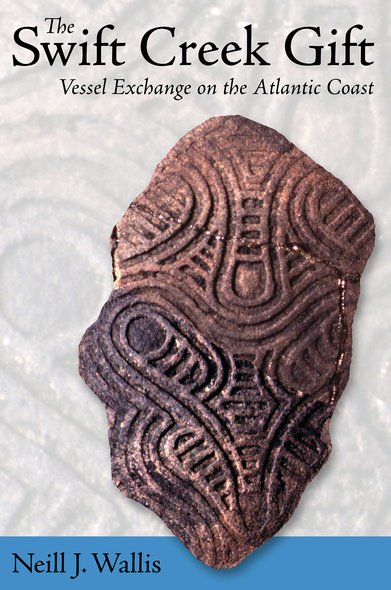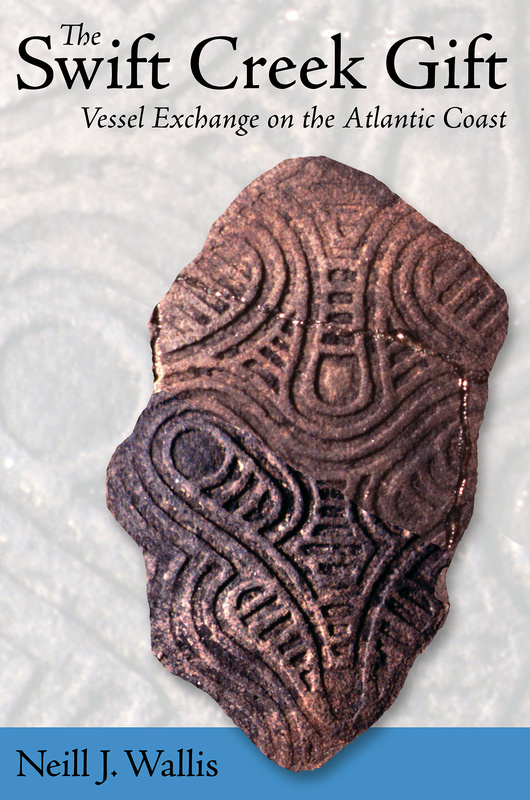
264 pages, 6 1/8 x 9 1/4
44 Illustrations
Paperback
Release Date:23 Feb 2011
ISBN:9780817356293
The Swift Creek Gift
Vessel Exchange on the Atlantic Coast
University of Alabama Press
Assesses Woodland Period interactions using technofunctional, mineralogical, and chemical data derived from Swift Creek Complicated Stamped sherds
A unique dataset for studying past social interactions comes from Swift Creek Complicated Stamped pottery that linked sites throughout much of the Eastern Woodlands but that was primarily distributed over the lower Southeast. Although connections have been demonstrated, their significance has remained enigmatic. How and why were apparently utilitarian vessels, or the wooden tools used to make them, distributed widely across the landscape?
A unique dataset for studying past social interactions comes from Swift Creek Complicated Stamped pottery that linked sites throughout much of the Eastern Woodlands but that was primarily distributed over the lower Southeast. Although connections have been demonstrated, their significance has remained enigmatic. How and why were apparently utilitarian vessels, or the wooden tools used to make them, distributed widely across the landscape?
This book assesses Woodland Period interactions using technofunctional, mineralogical, and chemical data derived from Swift Creek Complicated Stamped sherds whose provenience is fully documented from both mortuary mounds and village middens along the Atlantic coast. Together, these data demonstrate formal and functional differences between mortuary and village assemblages along with the nearly exclusive occurrence of foreign-made cooking pots in mortuary contexts. The Swift Creek Gift provides insight into the unique workings of gift exchanges to transform seemingly mundane materials like cooking pots into powerful tools of commemoration, affiliation, and ownership.
While studies in the past have used petrographic analysis, means such as neutron activation analysis, and the recognition of stamped paddle matches to analyze pottery, Wallis combines the results of all three of these types of analysis to produce a clearer understanding of the place of manufacture of Late Swift Creek ceramics on the coast of Georgia and northern Florida. Wallis clearly demonstrates that pots were exchanged between the AltamahaRiver area of Georgia and the mouth of the St. Johns River area in Florida. He interprets this exchange as evidence of mate exchange between the two areas. He also clearly documents that foreign vessels were used almost exclusively in mortuary contexts in northern Florida.’
—Marvin T. Smith, author of Archaeology of Aboriginal Culture Change in the Interior Southeast
Neill J. Wallis is Assistant Curator in Archaeology at the Florida Museum of Natural History.




